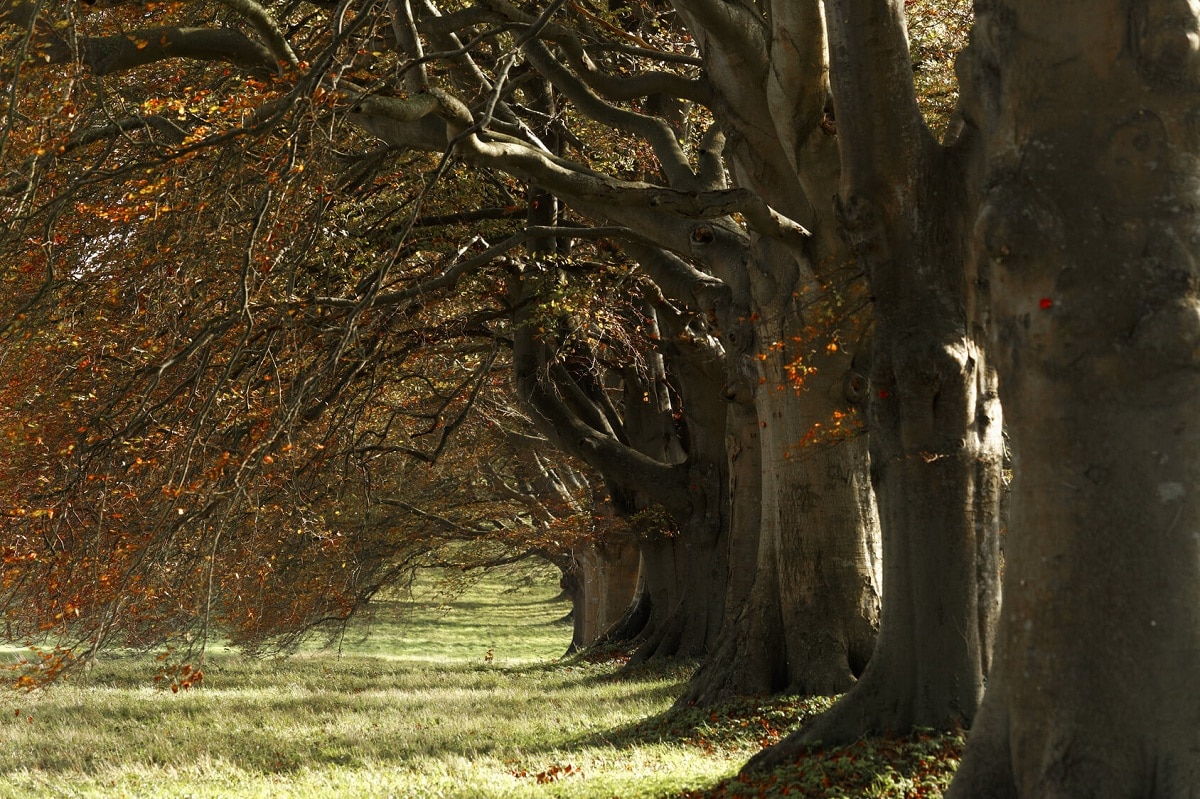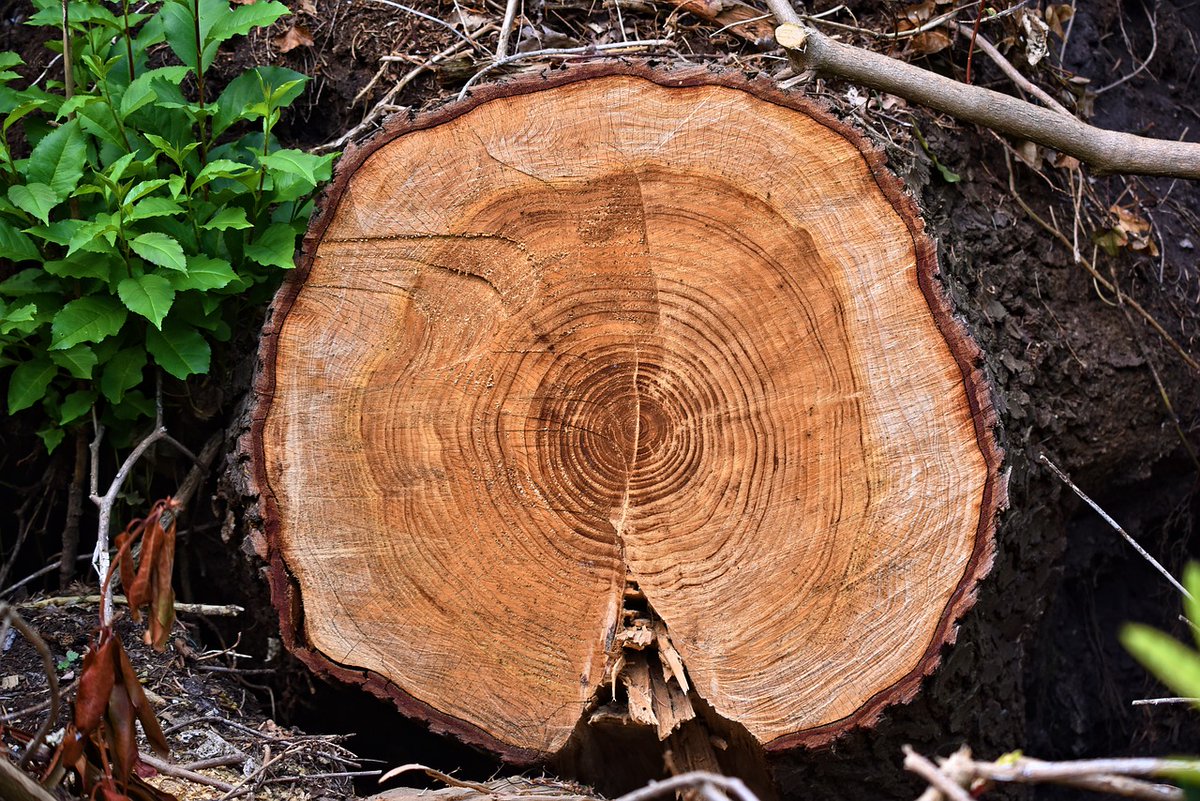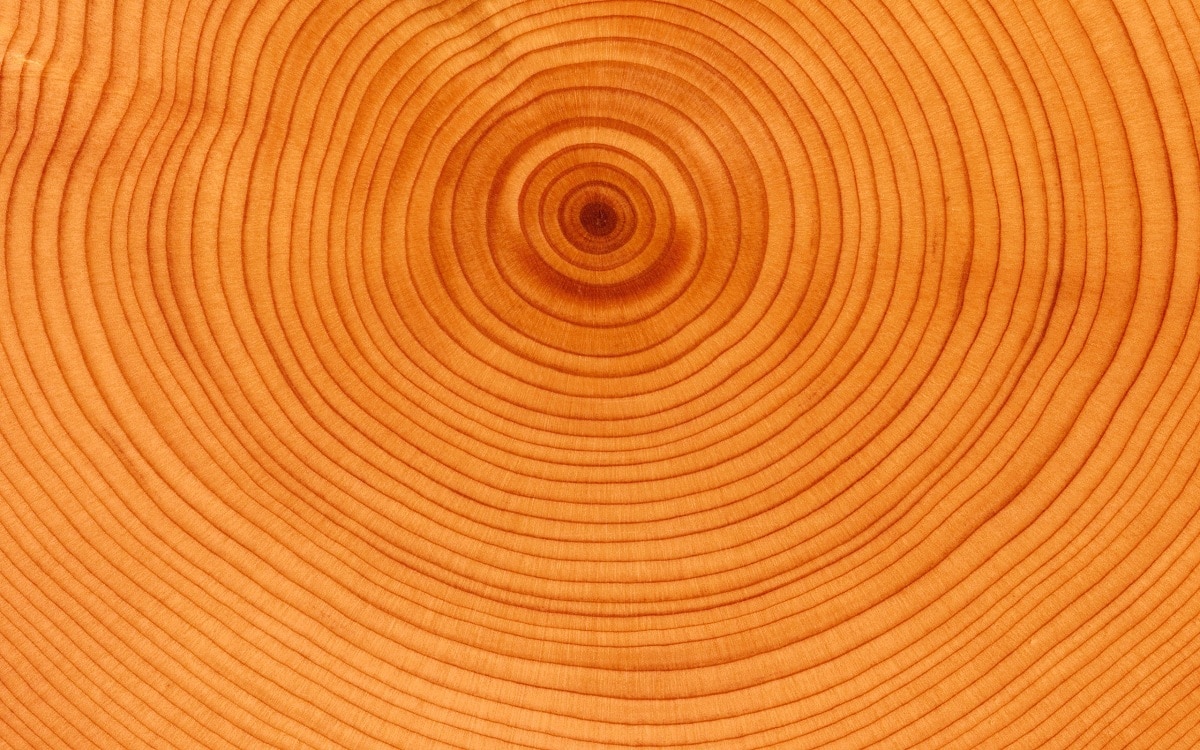
Science tries to study everything that happens on our planet both in the present and the past and to predict the future. One of the branch of science that studies trees is Dendrology. It is the branch that studies the trees and their growth, generating rings.
In this article we are going to tell you everything you need to know about Dendrology, its characteristics and importance.
What is Dendrology

We are talking about the terms "Dendron" and "Logos", of Greek origin, meaning tree and study respectively. This term was created in 1668 by Ulisse Aldrovandi (Italian natualist founder of the Botanical Garden of Bologna) with the publication of Dendrology. As a tree grows it generates new rings. These rings serve to identify years of growth, age, orientation, etc. Therefore, if we study the tree rings well, we can know well what has happened in the past.
Thanks to Dendrology, geological processes can be studied through the tree rings. The geology of the land is changing over time has caused external geological agents. Water and wind, rain, etc. They are different geological agents that act by modeling the landscape. Geological elements such as rocks and their formations are altered over time. Thanks to the growth rings of the trees and the study of them, it is possible to know what has happened in the past. Studying geological processes through tree rings is a branch of Dendrology known as Dendrogeomorphology.
It is a fairly important source of data for territorial, urban, infrastructure or natural management studies. We must know that for all this type of human actions it is necessary to know the terrain where we are and its evolution. In other words, for developments in urban areas or infrastructures, it may be interesting to know the evolution of the place where it is going to be built. The same happens with the flora and fauna species existing in this same place. The set of all the necessary studies to be able to carry out the construction according to the legal actions is known as an environmental impact assessment. Dendrology has quite a place in these environmental impact studies.
Dendrology applied to climate

We know that information on changes in the geology of the terrain is obtained not only from the tree formation rings, but also on the climate. Although most of us know that by counting the tree rings we can know the age of the tree, the truth is that it is not entirely correct. Each tree has a different type of growth than the rest and depends on each species. Not all trees form the same rings very grow in the same way. For this reason, the formation of these rings can also give us information about the prevailing climate at the time when the specific tree has developed.
The dark rings form during the winter time. It is a denser and more compact wood that serves the tree to be able to defend itself against the lower temperatures. Plants must survive harsh environmental conditions in both winter and summer. These are usually two seasons of the year whose environmental conditions are more extreme and, therefore, they need to create mechanisms of defense adaptations.
One of them is a thicker wood that is reflected in the darker rings. In this way, lighter rings are generated in summer with a less compact wood and darker rings with a more compact wood. The clear rings are wider, since the tree enjoys good temperatures and nutrients. In this way, it has a higher plant activity than Allows you to widen the rings longer.
On some occasions we can find clear rings that are very narrow. This may be a sign of historical droughts. Having no water, the tree cannot grow. In this way, we see that the growth ring is quite narrow but still clear. This is not revealing various types of information. On the one hand, the fact that the ring is clear is not revealing that there have been continuous high temperatures. On the other hand, we are seeing that by not growing and being narrow compared to the other wide clear rings, it indicates that the tree has not enjoyed the nutrients.
Usually the presence of narrower or wider rings is indicating the amount of nutrients available in the medium. If we have a tree with very wide dark rings they reflect long and severe winters. On the other hand, the clear rings are also analyzed for their width. In this way, we can know if the summers have been more or less long and if they have had high or low temperatures.
Climate change and tree rings
Climate change is not only studied by the increase in greenhouse gases and changes in temperature at a global level. It can also be studied through bioindicators known as tree rings. Dendrology is responsible for studying fossil trees that also provide information about the climate of past eras. In this field we know that it is known as dendroclimatology.
We must bear in mind that the study of climate change is essential for the management of natural resources both today and the future. We cannot plan what our economic activities were in the future based on the study of the present. It is necessary to know the different fluctuations that the climate has had throughout the history of the planet. These fluctuations can be known quite well thanks to Dendrology. Tree rings can reflect a great deal of information not only about temperatures and tree growth, but also about the evolution of temperatures and environmental conditions.
I hope that with this information you can learn more about Dendrology, its importance and the information it can reveal to us.